Re: August 2009 FIRE Economy Depression update – Part I: Snowball in Summer - Eric Janszen
I Google'd "John Williams CPI" and was directed to this site. The "Alternative CPI Measures" chart on the home page don't (to me) reflect a 6% cpi... it shows 3 different CPIs, two at -2% and a Clinton era one at 1%. http://www.shadowstats.com/ Am I on the wrong site? Am I reading this incorrectly? Thanks for introducing me to him.
Wait! I think I see now. This chart on the home page labeled "Alternative CPI Measures" aren't John William's Alternative CPI Measures. They are different goverment measures. Badly labeled. I found the 6% figure deeper in the site. The guy should put his work on his home page! Anyway, please ignore the above!
Can someone tell me where you put charts/graphs/pictures so I can post them here? This site doesn't allow me to simply upload them....
Oh, and Bart, to counter in advance one of your std claims... I'm not responding to every single point in your post, because I either agree with them, didn't come up with something interesting to say on them, or think that the person to who they were directed should address them... not because I'm trying to use one of the 25 rules of disinformation! I thought the rest of your post was valuable. However, this point is the one that drew my attention and on which I had something of value to contribute!
Originally posted by bart
View Post
Wait! I think I see now. This chart on the home page labeled "Alternative CPI Measures" aren't John William's Alternative CPI Measures. They are different goverment measures. Badly labeled. I found the 6% figure deeper in the site. The guy should put his work on his home page! Anyway, please ignore the above!
Can someone tell me where you put charts/graphs/pictures so I can post them here? This site doesn't allow me to simply upload them....
Oh, and Bart, to counter in advance one of your std claims... I'm not responding to every single point in your post, because I either agree with them, didn't come up with something interesting to say on them, or think that the person to who they were directed should address them... not because I'm trying to use one of the 25 rules of disinformation! I thought the rest of your post was valuable. However, this point is the one that drew my attention and on which I had something of value to contribute!
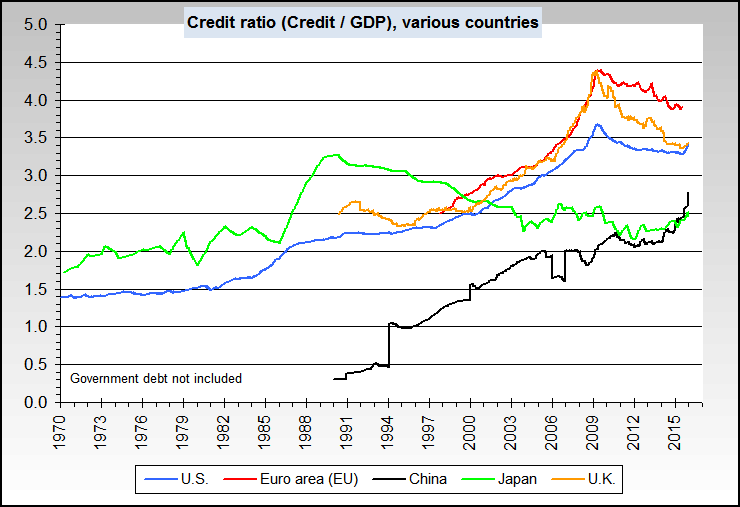
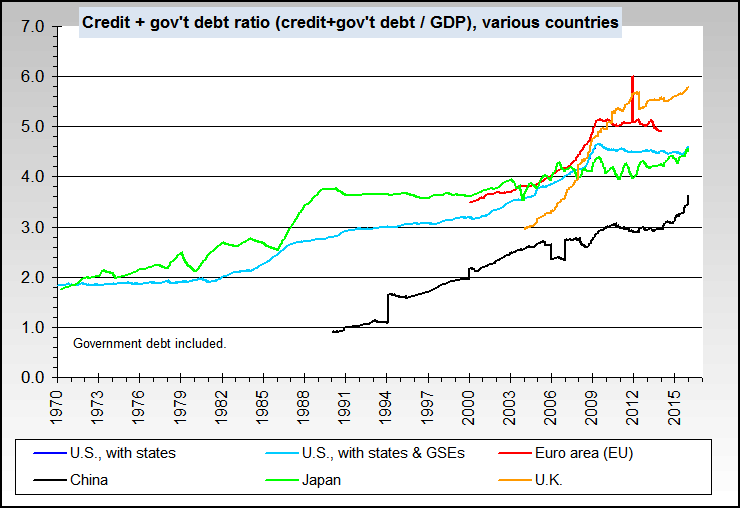
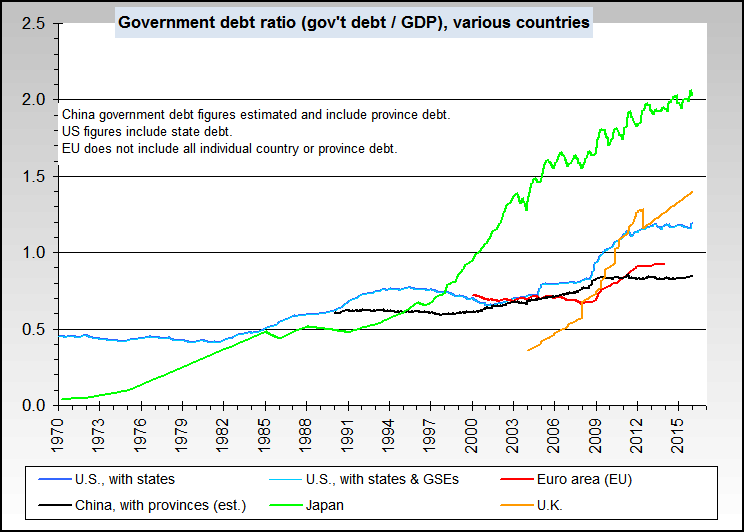


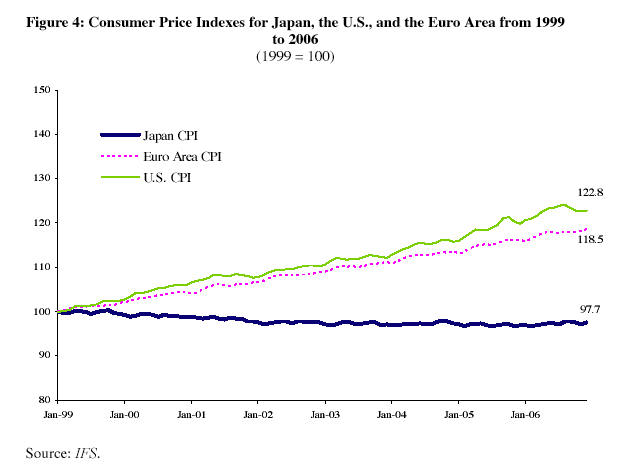
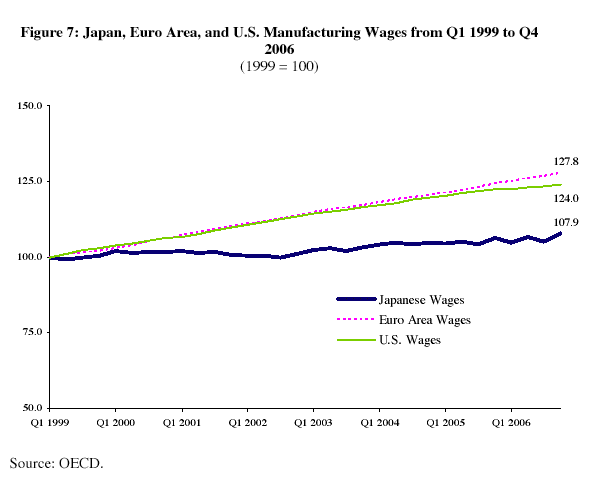


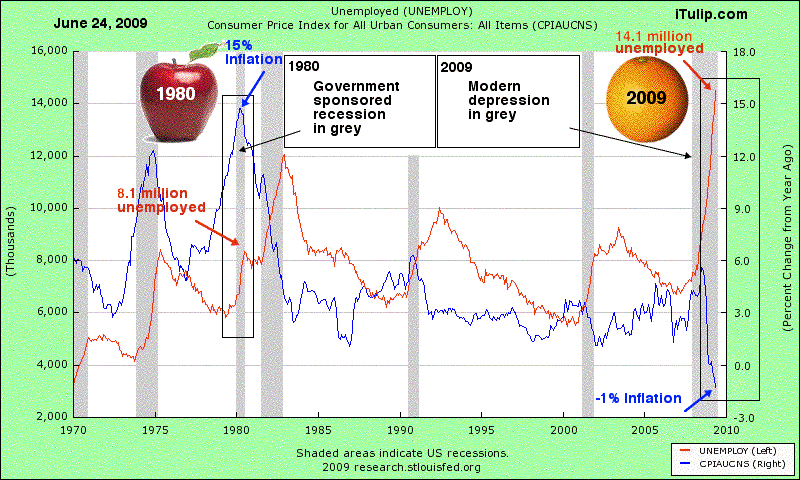

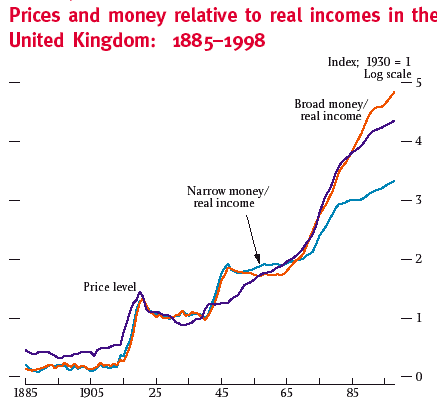
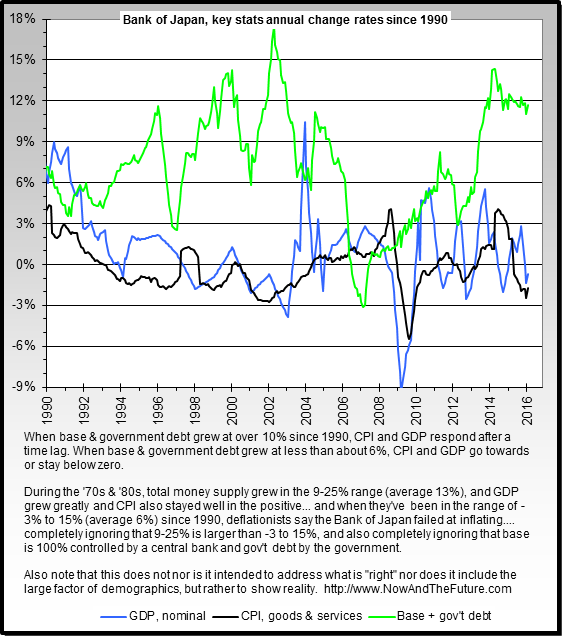
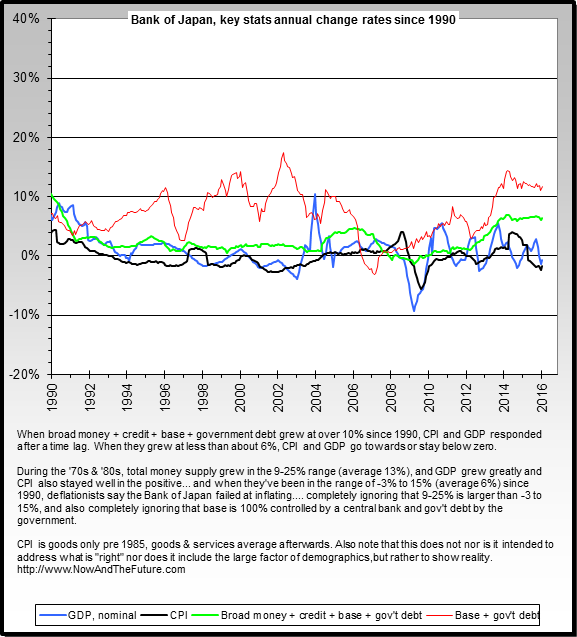
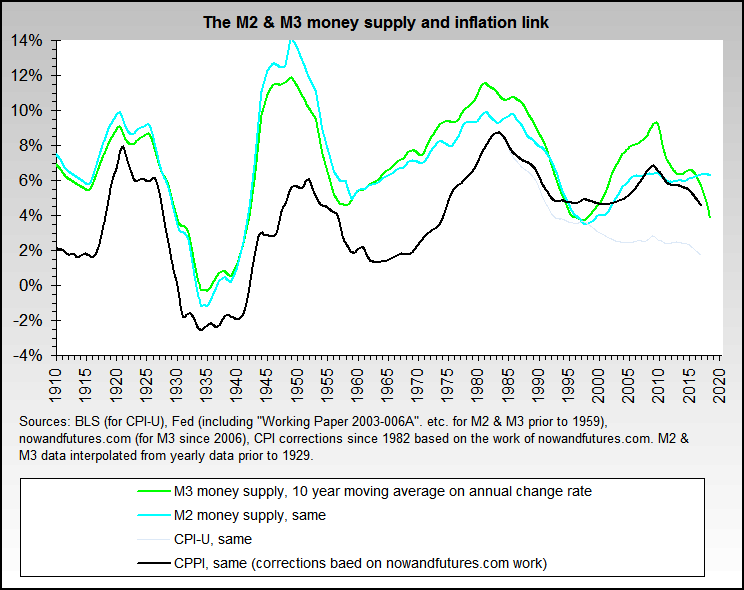
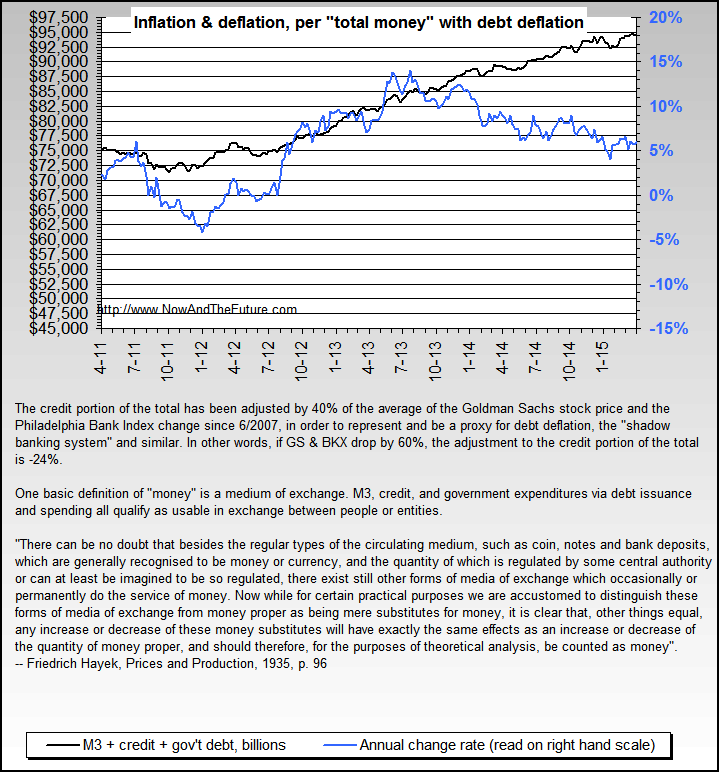
 This is the first time I've uploaded an image! Thanks to the Jim and babbittd who taught me how.
This is the first time I've uploaded an image! Thanks to the Jim and babbittd who taught me how.
Comment